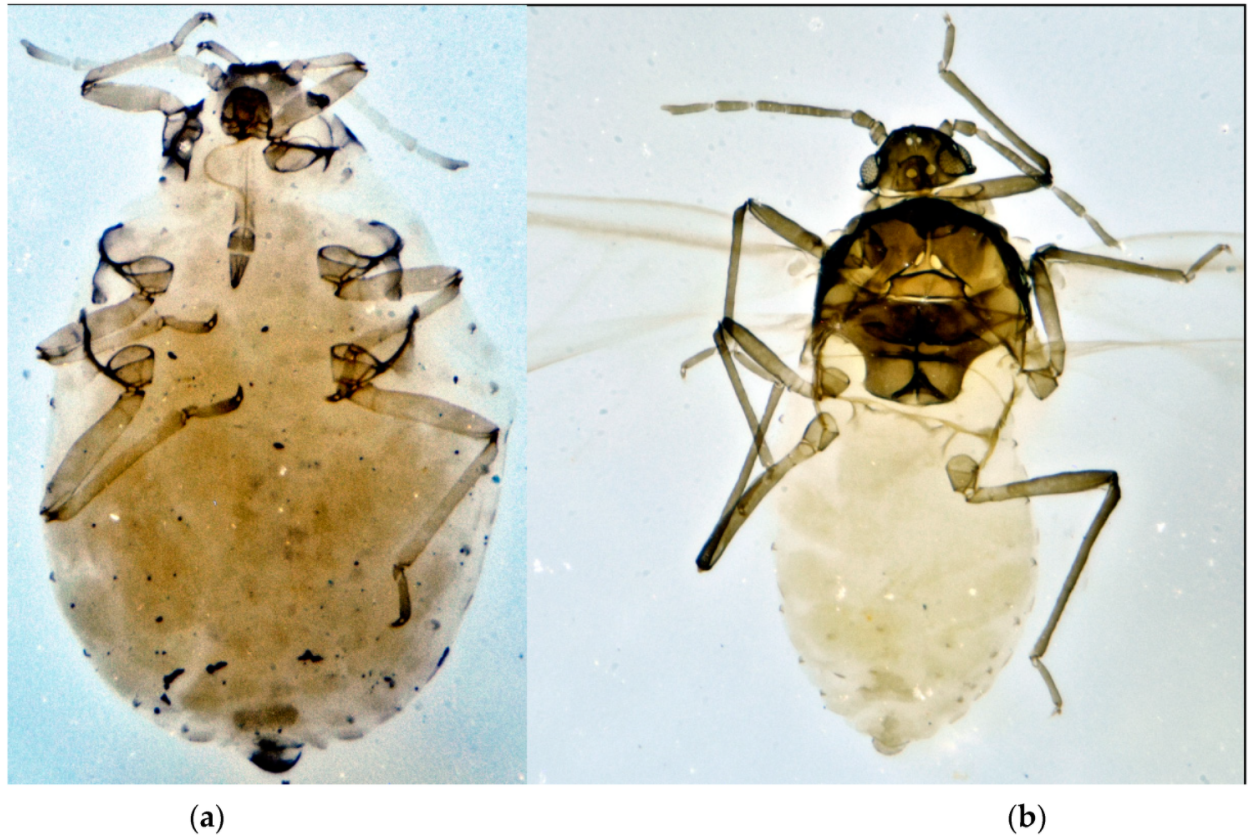
Russian scientists from the Severtsov Institute of Ecology and Evolution of the Russian Academy of Sciences have discovered an amazing phenomenon: the ash aphid has occupied all of Europe in less than two decades after being discovered on the continent. For the first time, woolly ash aphids were registered in 2003 in Budapest, and only sixteen years later they were spotted in Belarus and eight regions of the European part of Russia. It usually takes much longer for insects to spread, which is why scientists have paid such close attention to aphids. The results of the study, supported by a grant from the Russian Science Foundation (RSF), are published in the journal Forests.
The aphids are small insects, but due to their ability to reproduce quickly they can cause tremendous harm to plants not only in parks, forests or gardens, but in households as well. This seemingly harmless creature sucks the juice from the aboveground organs of plants, as a result of which the leaves curl and die off, the buds are deformed and wither, growth slows down, and the fruits stop ripening.
The history of one of the representatives of this family, namely the American ash aphid, began in North America. The pest is covered with white down, and its silvery wings give it a grayish tint - that's why the name of this animal is translated from English as “woolly ash aphid”. The insect feeds almost exclusively on Pennsylvanian ash, on the seedling of which it successfully migrated to Hungary in 2003. This was followed by years of successful conquest of Europe: Ukraine, Serbia, Bulgaria, Great Britain, Spain, Poland, Germany, Slovenia, Romania and Armenia. Earlier, in 2017, scientists have already encountered this pest, but then the area of its settlement was much smaller.
“The American ash aphid spreads extremely quickly, unlike many other insects. For example, it took the Colorado potato beetle almost forty years to get from Eastern Europe to the Urals. We assume that at such a rate this aphid species can already be found in the southern regions of our country. In cities, mainly Pennsylvanian ash-tree is planted because of its resistance to freezing. Likely, is because of this that the American ash aphid has become so widespread in our country, too”, says one of the project leaders Marina Orlova-Benkovskaya, Doctor of Biological Sciences, senior researcher at the Severtsov Institute of Ecology and Evolution of the Russian Academy of Sciences.
In 2019-2021, scientists examined a total of more than 3.5 thousand ash trees in different regions of European Russia and Belarus. The American ash aphid has been found in artificial plantations as well as in self-sown trees and coastal forests. Up to 30% of the examined ash trees were damaged by insects, and, as a rule, the pest affects from one to five nearby plants. The authors found characteristic nests on the leaves, and in each of them - mature winged (responsible for the spread and replacement of plants) and wingless (responsible for reproduction) females with offspring.
There is no reliable information on the ways of spreading woolly ash aphids in Russia and Belarus. There is a hypothesis that the species could have arrived here with strong winds through the air or on farm plants. Surprisingly, information about the distribution of the
American ash aphid in Europe is extremely rare. There is no data at all on France, Switzerland, Italy and a number of other countries.
“It should be taken into account that the ash trees of European Russia are currently affected by a no less serious imported pest - the ash emerald narrow-bodied goldfish. Damaged trees often sprout out of the ground in order to survive. They are just very vulnerable to woolly ash aphids, - sums up Marina Orlova-Benkovskaya. - We hope that our data will contribute to the fight against the American ash aphid - it will draw the attention of the Rosselkhoznadzor (Federal Service for Veterinary and Phytosanitary Supervision) and regional services that are responsible for the state of urban green spaces. This example is also important for the control of other pests, since it shows that alien insects can spread very quickly. The plant protection and quarantine services should take into account: if a new pest has appeared in a European country, it is necessary to take urgent measures to prevent its further spread. ”
Illustration 1. Wingless and winged females of the american ash aphid. Source: Orlova-Bienkowskaja and Bienkowski / Forests, 2021
